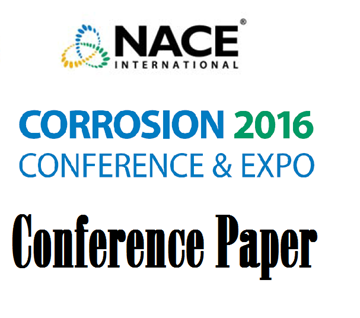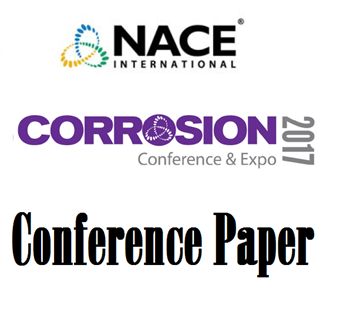Search
51318-11068-What is the Optimum Protective Coating System for Cyclic-Temperature Service?
Also Purchased
51318-11071-Corrosion Behavior of Naphthenic Acids Isolated from Vacuum Gas Oil Crude Fractions
Product Number:
51318-11071-SG
Publication Date:
2018
$20.00
51316-7304-Evaluation of Protective Coating Performance in a Cyclic-Temperature Environment
Product Number:
51316-7304-SG
ISBN:
7304 2016 CP
Publication Date:
2016
$20.00
Performance of Next Generation CUI Mitigation Systems
Product Number:
51317--9331-SG
ISBN:
9331 2017 CP
Publication Date:
2017
$20.00




